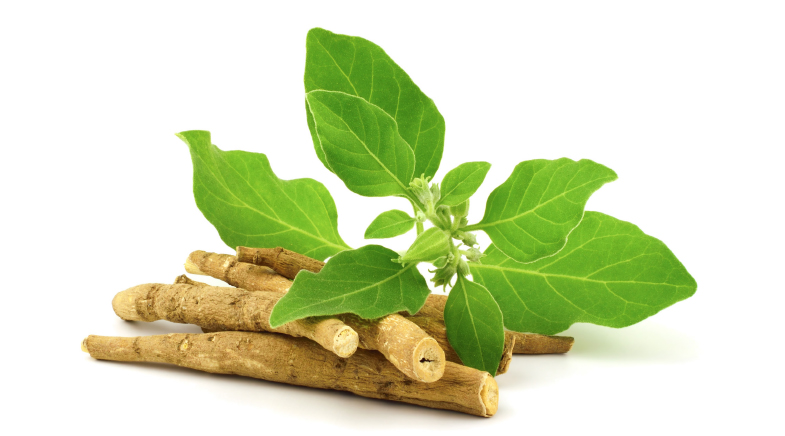These plant microbials work wonders in the field
-
- from Shaastra :: vol 03 issue 01 :: Jan - Feb 2024

With new knowledge and techniques, researchers are giving the microbe a fresh lease of life.
It was a question that troubled Kavitha Sairam. While working on microbes during her doctorate in biotechnology, she often wondered why farmers in India showed little interest in microbe-based biologicals, which could significantly reduce the use of chemicals in agriculture. After all, most farmers knew that chemicals harmed the soil.
Sairam soon had her answer: farmers complained that the biofertilisers they used to add microbes to the soil were ineffective. And the problem, she realised, was with the carriers of the microbes: the bacteria did not survive their transit. Like any biological beings, microbes require an ambient temperature and proper environmental conditions to stay alive. Earlier, companies mixed microbes with materials such as clay, vermiculite and peat, and left them at non-ambient temperatures, causing the death of the microbes in storage or transit.
After her PhD from the Indian Institute of Technology Madras (IIT-M), Sairam explored ways to contribute to the agriculture sector. In 2013, she set up FIB-SOL Life Technologies with her colleague Anant Raheja, whose expertise is in nanotechnology. They began searching for an inexpensive carrier in which microbes remained stable and viable. At the start-up incubated at IIT-M, they developed a nanofibre-based carrier and are now working on a gel-based carrier.
PAST ISSUES - Free to Read


Have a
story idea?
Tell us.
Do you have a recent research paper or an idea for a science/technology-themed article that you'd like to tell us about?
GET IN TOUCH














